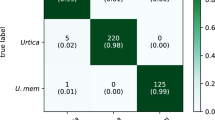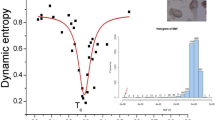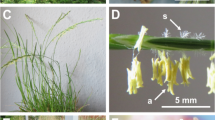Abstract
WILL you allow me to ask Mr. Hubert Airy, in reference to his interesting paper on the “Microscopic Examination of Air,” in NATURE, vol. ix. p. 439, on what ground he refers the “triangular pollen” captured on his slide to the birch and hazel? Observations of my own have led me to the conclusion that the pollen of plants which depend exclusively on the wind for their fertilisation is perfectly spherical, at all events before the form of the grain is disturbed by the emission of the pollen-tubes, and this indeed one might expect from priori considerations. Among the pollen-grains I have especially observed, are those of Corylus avellana, Betula alba, and Populus balsamifera. I shall be much obliged if any of your readers could refer me to any accurate published description of the form of pollen-grains beyond those contained in Fritzsche's “Beiträge zur Kenntniss des Pollen.”
This is a preview of subscription content, access via your institution
Access options
Subscribe to this journal
Receive 51 print issues and online access
$199.00 per year
only $3.90 per issue
Buy this article
- Purchase on SpringerLink
- Instant access to full article PDF
Prices may be subject to local taxes which are calculated during checkout
Similar content being viewed by others
Author information
Authors and Affiliations
Rights and permissions
About this article
Cite this article
BENNETT, A. Pollen-grains in the Air. Nature 9, 485 (1874). https://doi.org/10.1038/009485a0
Issue date:
DOI: https://doi.org/10.1038/009485a0



